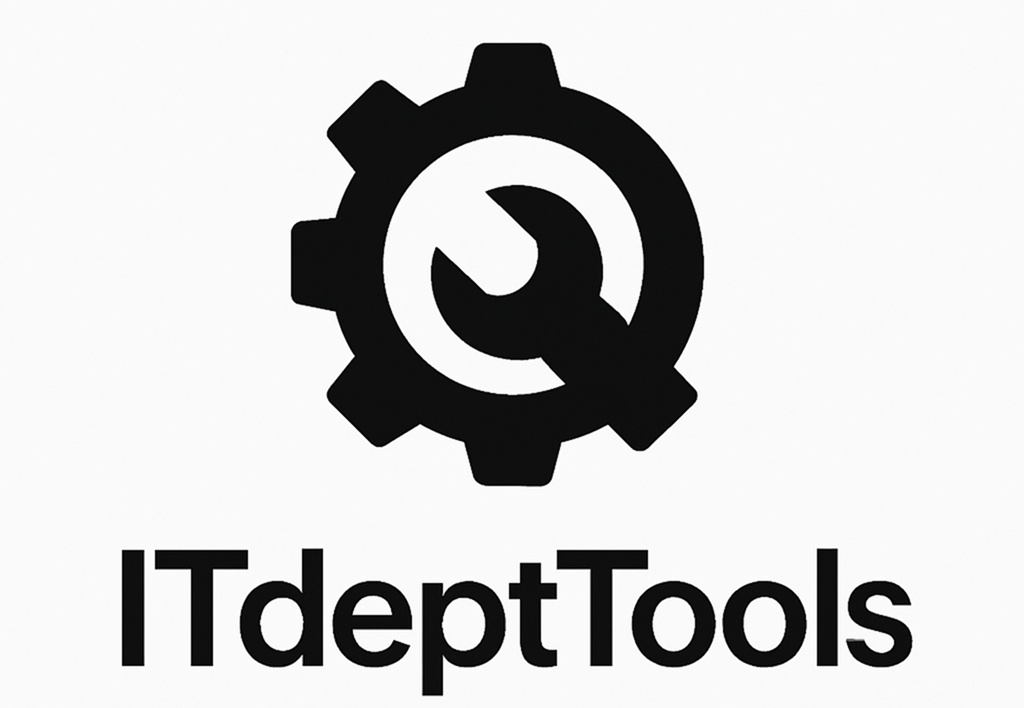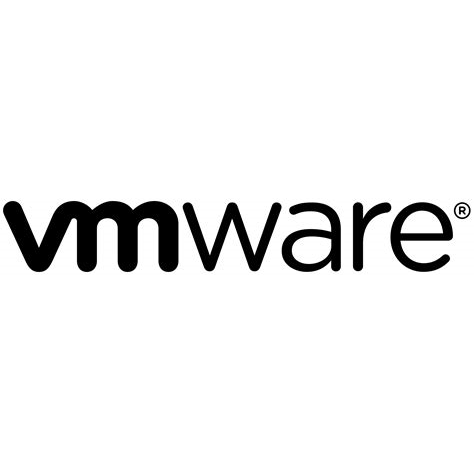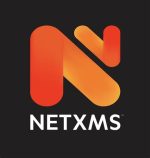vSphere Hypervisor (ESXi Free): Bare-Metal Virtualization That Just Works
Let’s say you’ve got a server. Real metal. Quietly humming in a rack or under a desk. You don’t want to install Linux, slap on VirtualBox, and pretend it’s production. You want the real deal: something stable, efficient, and close to the hardware.
That’s VMware ESXi, the bare-metal hypervisor used in thousands of datacenters — and the free edition gives you just enough to build serious infrastructure at zero cost.
No OS layer. No fluff. Just a hypervisor that boots, runs VMs, and keeps going.
What You Get with the Free Tier (and What You Don’t)
| Feature | What It Means in Practice |
| Type-1 hypervisor | Installs directly on hardware, no host OS needed |
| Web UI (Host Client) | Manage VMs via browser — no vCenter required |
| VM support | Run multiple guests: Linux, Windows, BSD, etc. |
| VMFS & datastore support | Supports local disks and iSCSI/NFS shares |
| CLI access | Shell + ESXCLI for scripting and troubleshooting |
| Free license | Doesn’t expire, but limited to a single host |
Why You’d Actually Use It
– You’re setting up a home lab and want it close to what’s used in production
– You’re repurposing old hardware and need it virtualized, cleanly
– You need a hypervisor that doesn’t depend on a host OS or GUI bloat
– You’re testing disaster recovery, HA setups, or OS deployments
– You want to learn VMware workflows without a vCenter license
Hardware and Setup — What You’ll Need
| Component | Requirement |
| CPU | 64-bit x86 with Intel VT-x or AMD-V (hardware virtualization) |
| RAM | 8 GB minimum, 16+ strongly recommended for real use |
| Disk | SSD or HDD; local or SAN/NAS via iSCSI/NFS |
| NIC | Must be on VMware’s compatibility list (check HCL!) |
| Boot method | USB, ISO installer, or PXE |
| Admin access | Required — you’re installing a hypervisor, after all |
How to Get Started (The No-Nonsense Way)
- Download the ISO
Go to VMware’s site, register (yes, even for the free version), and grab the ESXi installer.2. Write it to a USB or bootable media
Use Rufus, Ventoy, whatever — just get it bootable.3. Boot the machine and install
It’ll wipe the drive and install a minimal OS with a basic management shell.4. Set root password and IP address
Do it on the host console — no GUI here.5. Access via browser
Use the IP in your browser. You’ll see the ESXi Host Client — add VMs, upload ISOs, configure storage.
What It Does Well — And Where It Stops
Good at:
– Low-overhead VM hosting
– Long uptimes, stable performance
– Easy patching and updates
– Solid hardware support (if it’s on the HCL)
But…
– No vCenter = no VM migration, snapshots, HA, or API automation
– Free license restricts advanced features like API access
– Some hardware (NICs, RAID controllers) won’t work without extra effort
– Requires real knowledge — it won’t hold your hand
Bottom Line
ESXi Free gives you the core of VMware’s enterprise hypervisor — and lets you use it, forever, on your own terms. No watermarks, no shutdown timers, no hidden limits. Just no-frills, production-grade virtualization for people who know what they’re doing.
It’s not friendly. It’s not cloud-integrated. But it’s powerful, efficient, and rock-solid. For a lot of sysadmins and power users, that’s exactly what they’re looking for.







